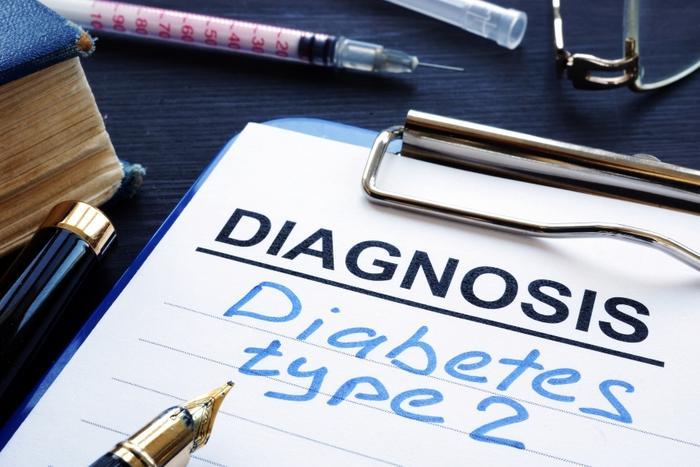Researchers are calling on health officials to create new interventions for at-risk consumers
By Kristen Dalli of ConsumerAffairs
June 23, 2020


According to researchers from the American Heart Association, consumers who have type 2 diabetes have a greater risk of heart failure, which increases the risk of premature death. The team hopes that these findings can help medical professionals identify those who need different treatments or more personalized care.
Identifying at-risk groups
The researchers analyzed over 153,000 patients who had recently been diagnosed with type 2 diabetes as part of the study. The team tracked the participants health over the course of a decade and determined how the diabetes diagnosis affected their health overall.
By the end of the observation period, almost half of the participants had developed either kidney or heart disease. Ultimately, the patients struggling with both type 2 diabetes and either kidney or heart disease were at an increased risk of death.
The researchers learned that heart failure and type 2 diabetes together posed the biggest risk for death, as these patients were nearly three times as likely to die within five years of diagnosis. Moving forward, the researchers hope that medical professionals can better monitor patients with both type 2 diabetes and cardiovascular disease, as preventing and treating such conditions can increase the overall quality of life.
With the emergence of novel treatments such as SGLT2 inhibitors and GLP-1 receptor antagonist medications for type 2 diabetes, some of which are proven to reduce cardiovascular disease risk, clinicians are able to focus on cardiovascular disease and heart failure prevention in patients with type 2 diabetes, said researcher Dr. Bochra Zareini. Our study highlights which subgroups of patients need and could benefit from targeted risk evaluation, prevention, and treatment.
Open Original




